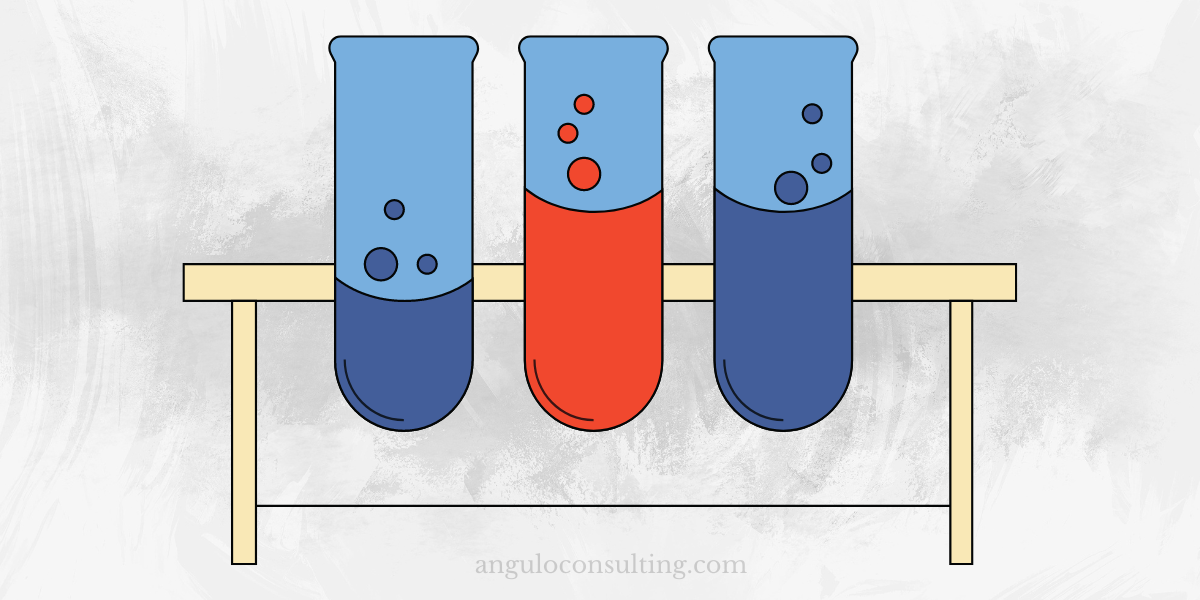
If you recently experienced a flood in your basement or a specific room in your home is poorly ventilated and perpetually damp, your property is at risk for mold growth. Why does having mold matter? It’s not only unsightly to have those brownish-green patches on your walls and ceilings, but also unhealthy. Breathing in mold spores can cause allergic reactions, respiratory problems, and serious-even fatal-infections. Protect your home and your family by learning the signs that your house may have a mold problem and by bringing in mold remediation professionals as soon as possible. The sooner that contamination is out of your home, the sooner you can all breathe easier.
Visible Signs of Mold
What does mold growth look like? The most apparent sign is brown and green staining on walls, ceilings, floors, and even specific furnishings. Visible mold needs to be dealt with immediately. But you may also have a problem if you see evidence of leaks or water damage in the structure of your homes, such as discoloration in the walls, ceilings, or floors; flaking wallpaper; warped or bulging boards or drywall; or rotting wood. Mold loves to grow in a damp environment, and just because you can’t see the actual mold doesn’t mean your home is mold-free. If you spot any of these structural issues, don’t just slap an aesthetic fix onto the surface-bring in a testing expert.
Other Signs and Symptoms
If you don’t see any water damage, visible mold growth, or other sign of mold in your home, you’re safe, right? Not necessarily. A dank, musty smell in a particular area can indicate mold growing somewhere within the walls. Even more tellingly, if you or any member of your household develops a persistent cough or runny nose, starts sneezing, or experiences eye irritation that improves when you leave the house, the culprit might be mold. In general, if your allergies worsen when you spend too long in a particular space and improve when you leave that space, it’s worth checking for mold growth. Mold remediation can be the key to being allergy-free.
What Is Mold Testing and Remediation?
When you call in a mold testing and removal expert, you can expect him to take specific steps. Testing includes a visual examination of your home, a humidity test, an identification of the type of mold, and an approximate count of the spores, which can indicate the severity of your problem. If it is found on your property, the mold removal process includes identification of all affected areas, containment strategies to prevent it from spreading, and destruction of the spores and growing mold. A remediation professional will also look for the source of the moisture that’s providing a mold-friendly environment, advise you on eliminating that moisture, and take steps to prevent it from returning.
Having mold in your home can be unpleasant and even dangerous, but removing mold isn’t an insurmountable task. Be vigilant about looking for signs of mold, and take action as soon as you suspect you have a problem. With a licensed and certified mold testing and removal expert on your side, you can kill every last mold outbreak and keep mold from returning.
Kelly Robertson is a homeowner and a senior Internet marketing strategist for Prospect Genius, a leader in SEO advertising.